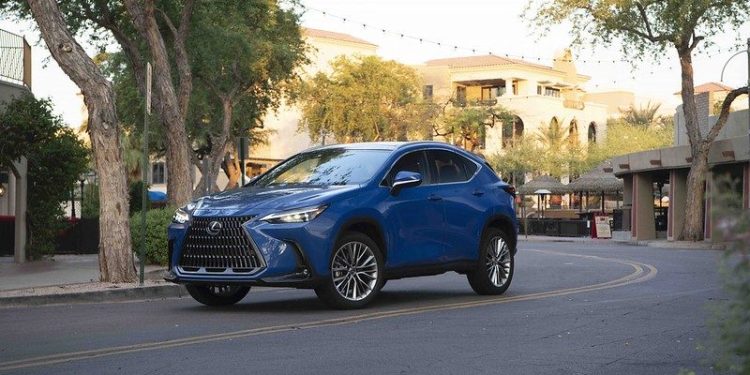The next gen Lexus NX is here
It won’t surprise you that the luxury car market is surging ahead, and that Lexus is riding the wave of demand. It sold more than 1000 cars last year, the first time the brand has topped four figures, and is on a trajectory to double that mark by 2024.
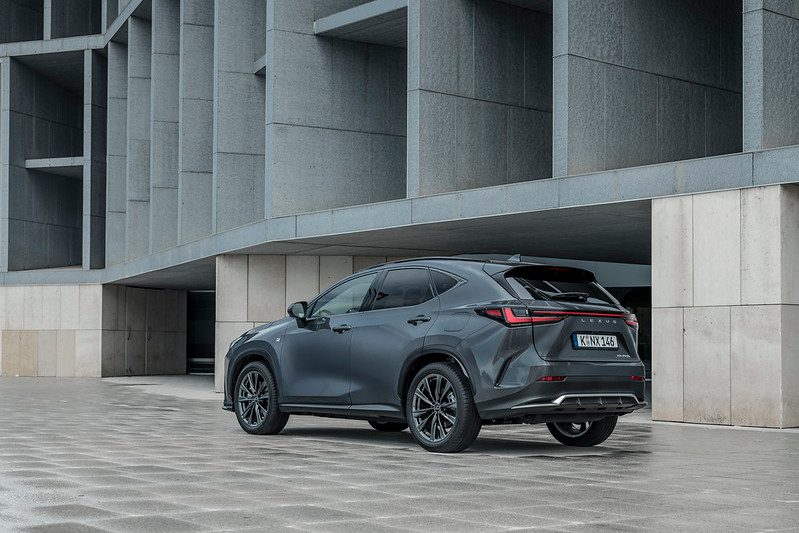
That’s a pretty lofty target for a brand that has languished in the past. But, as they point out, the luxury market is dominated by SUVs, and there is a trend toward the electrified. This bodes well for Lexus, whose sales are now 85 per cent SUV, and 72 per cent electrified.
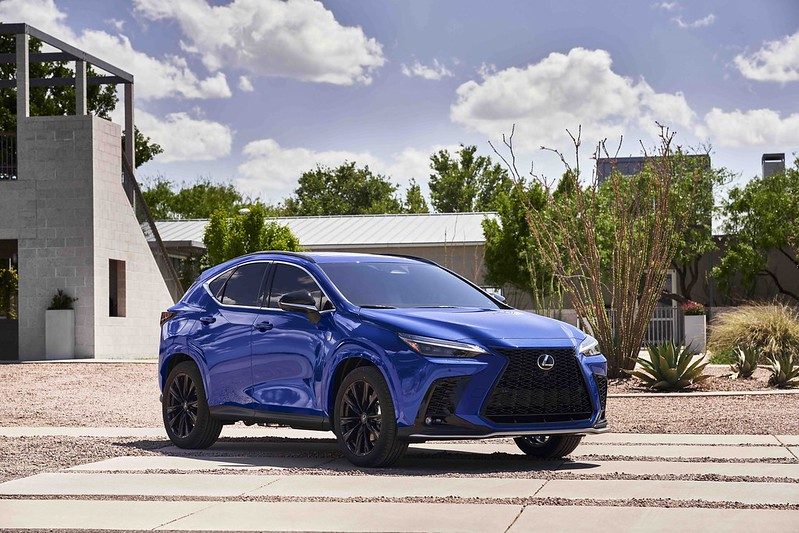
And so the arrival of the new NX is well timed, a right-sized luxury SUV with an all-hybrid line-up, including the brand’s first plug-in hybrid, the 450h+. In line with reducing the overall CO2 output of the brand locally, the 2.0 turbo models of the old range are gone, the front-drive NX350h now at $92,700, the 350h Limited AWD at $101,900 and the plug-in 450h+ F Sport is $107,900.
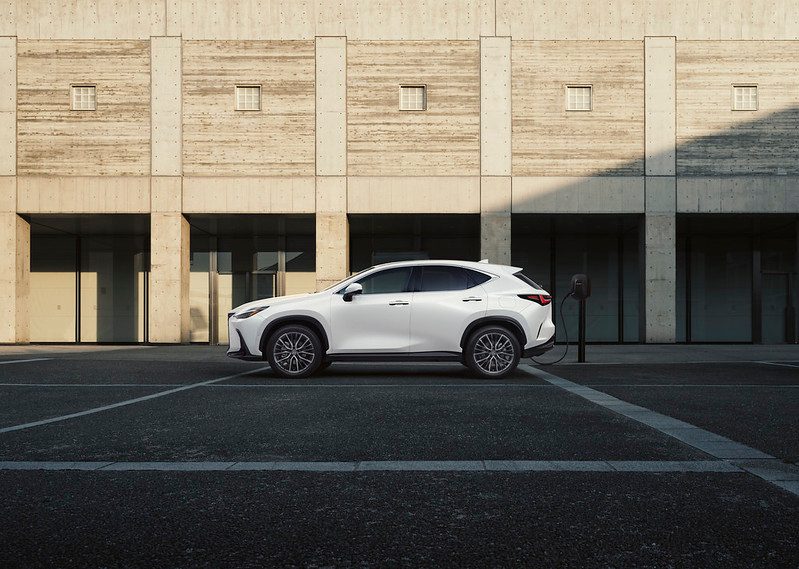
The Rightcar website states CO2 outputs of 125g/km (5.5L/100km, 350h) and 31g/km (1.4L/100km) for the plug-in (450h), and so the NX is fee neutral. Lexus is keen to point out that some of its key competitors incur a penalty under the Clean Car scheme.
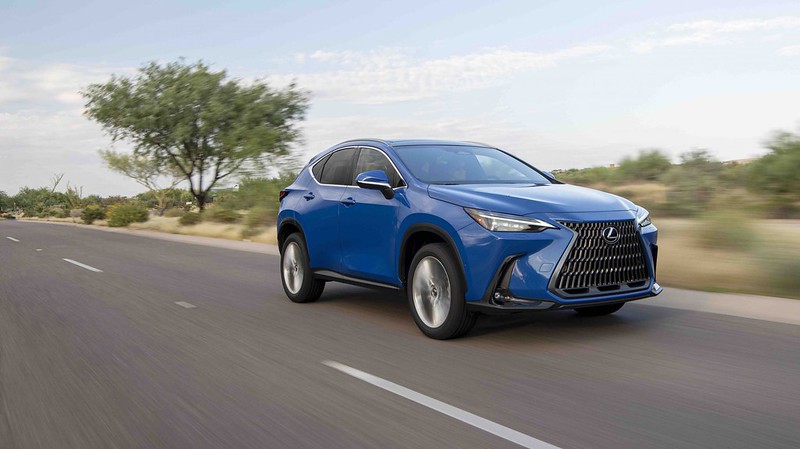
On a new platform, the NX is a little wider and longer than the old model, the rear track now broader by 45mm. Power for the 350h comes via a fourth-gen hybrid system with a 2.5-litre four cylinder and a motor that (or two if referring to the AWD models) draws from a small 1.1kWh lithium-ion battery pack. Total output is rated at 179kW, up 23 per cent from the old one.
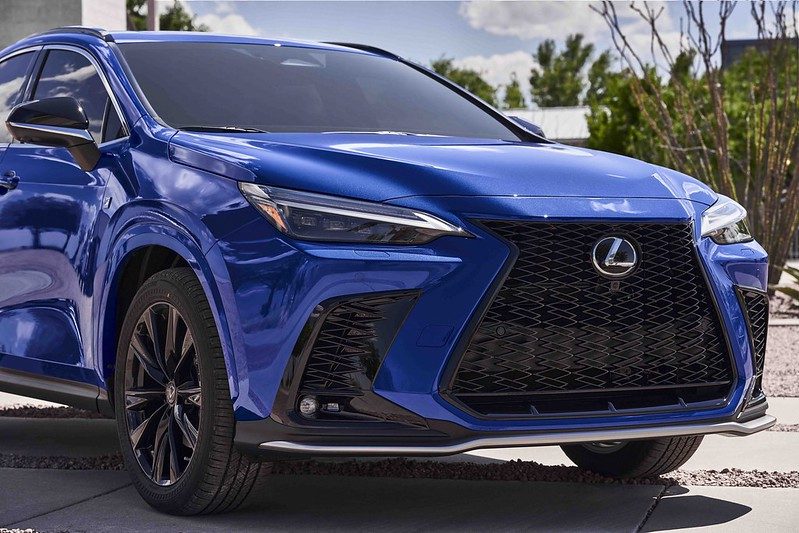
The 450h+ uses the same engine and motor combo as the 350h but with an 18kWh battery, output is up to 227kW. Toyota doesn’t quote torque for its hybrids, but the 450h plug-in hybrid is said to be capable of up to 87km of EV travel.
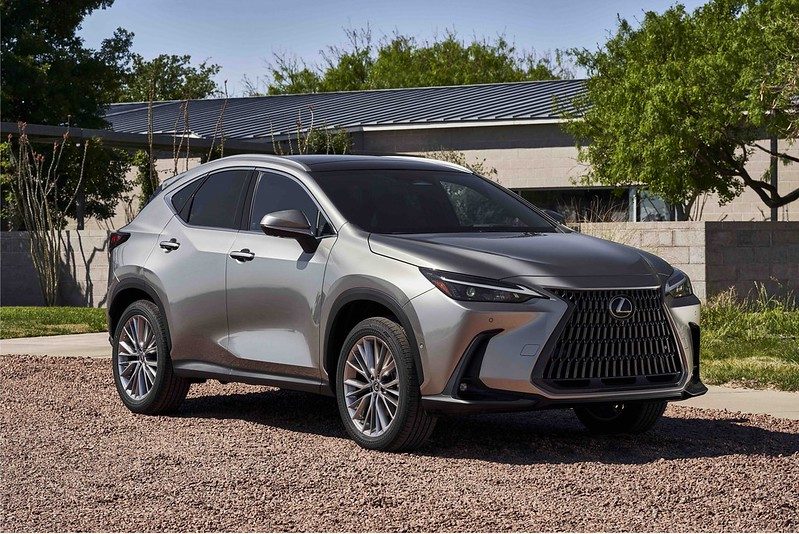
The NX has been developed following the ‘Lexus Driver Signature’ mantra, so it should be more dynamic. However, there’s also said to be an improvement in refinement levels so traditional Lexus customers won’t feel alienated.
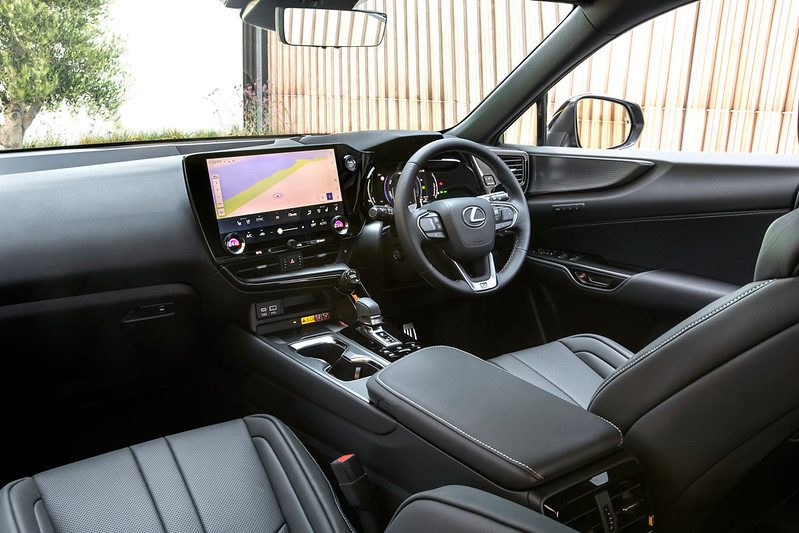
Inside is a new look cabin with a 14-inch touchscreen (the wretched Lexus remote touch controller finally banished), improved sat nav system and a Hey Lexus voice controller.
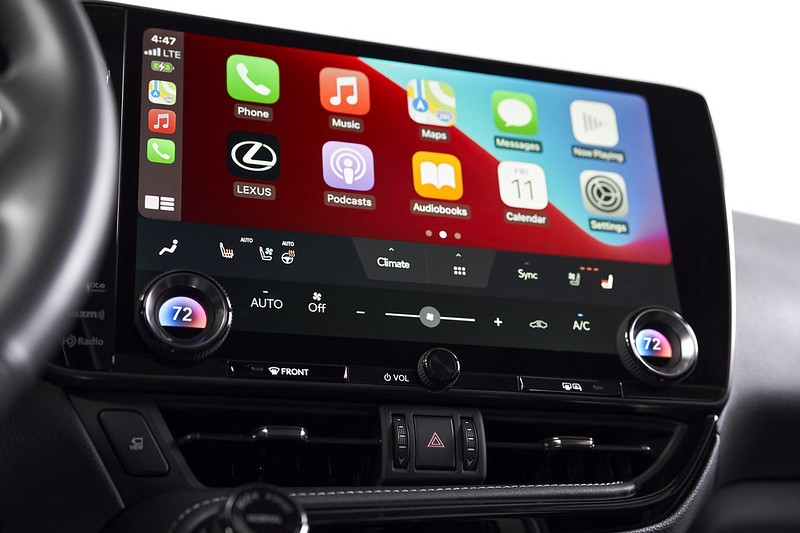
There’s an increase in the amount of safety gear offered, which will be standard across the range, while the pre-collision detection gadgets are said to be improved.
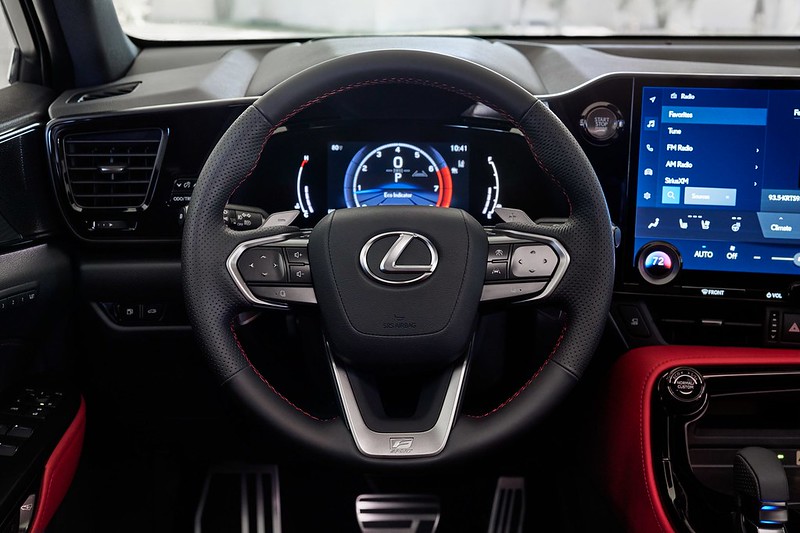
On delivery wait times, Lexus is no different from the rest of the industry with orders exceeding supply (so far this year it has over 560 orders in the system but has only been able to deliver 340 vehicles). Lexus NZ says that its customers are now used to delivery delays in all aspects of life. It also says this will likely be the case for the next two years.


